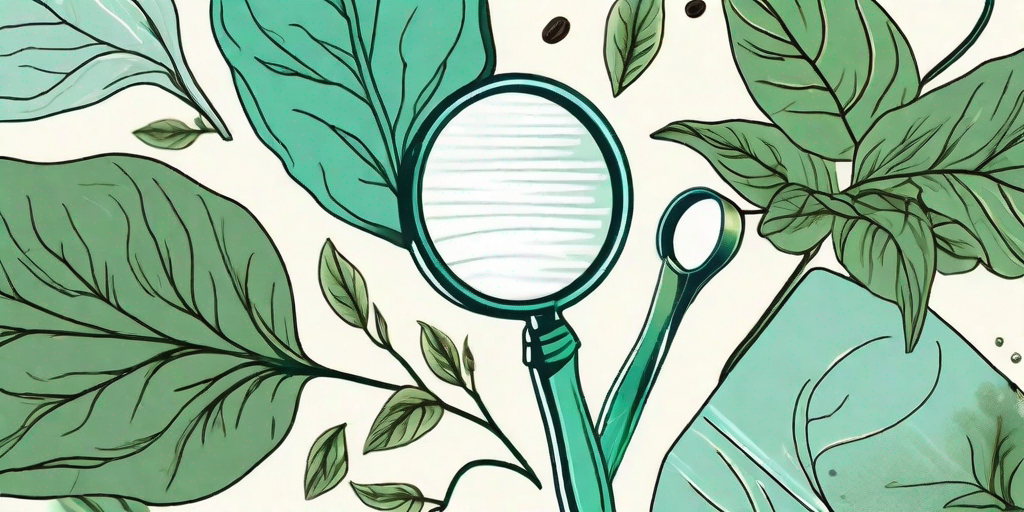
Oh, the horror! You've been nurturing your pepper plants with the love and care of a helicopter parent, only to find them turning a ghastly shade of yellow. But fear not, dear reader, for we're about to embark on a thrilling journey of plant detective work. We'll explore the common culprits of this chlorophyll-challenged conundrum and arm you with the knowledge to restore your peppers to their verdant glory.
Understanding the Pepper Plant
Before we dive into the nitty-gritty of plant diagnostics, let's take a moment to understand our patient. Pepper plants, or Capsicum annuum if you're feeling fancy, are tropical natives that thrive in warm, humid conditions. They're a bit like the Goldilocks of the plant world, needing just the right amount of everything to stay happy and green.
Pepper plants are also heavy feeders, meaning they require a rich, well-draining soil and a steady supply of nutrients to produce those spicy or sweet fruits we all know and love. Now that we've got a basic understanding of our green friends, let's roll up our sleeves and get down to business.
The Usual Suspects
When it comes to yellowing pepper plants, there are a few usual suspects we need to interrogate. Let's meet our lineup:
Watering Woes
Too much water, too little water, water at the wrong time - it's enough to make a plant throw up its leaves in despair! Pepper plants prefer their soil to be moist but not waterlogged. Overwatering can lead to root rot, while underwatering can cause the plant to become stressed and yellow.
So how do you strike the right balance? A good rule of thumb is to water deeply but infrequently, allowing the top inch of soil to dry out between waterings. Remember, it's better to err on the side of too little than too much when it comes to watering.
Nutrient Deficiencies
Pepper plants are like teenagers - they're always hungry. If your plants are turning yellow, it could be a sign that they're not getting enough of certain nutrients, particularly nitrogen, phosphorus, or potassium. These are the three major nutrients that plants need to grow and produce fruit, and a deficiency in any one of them can lead to yellowing leaves.
Regularly feeding your plants with a balanced, slow-release fertilizer can help prevent nutrient deficiencies. If you suspect a deficiency is already present, a soil test can help you determine which nutrient is lacking and how to correct it.
Pests and Diseases
Like a B-grade horror movie, pests and diseases are always lurking in the shadows, ready to wreak havoc on your unsuspecting plants. Aphids, whiteflies, and spider mites are common pests that can cause yellowing leaves, while diseases like bacterial leaf spot and mosaic virus can also lead to discoloration.
Regularly inspecting your plants for signs of pests and diseases can help catch problems early before they become too severe. If you do spot a problem, there are many organic and chemical treatments available to help you fight back.
FAQs
- Why are the leaves on my pepper plants turning yellow and falling off?
This could be due to overwatering, nutrient deficiencies, or a pest or disease problem. Check your watering practices, consider a soil test, and inspect your plants for signs of pests or diseases.
- Why are the leaves on my pepper plants turning yellow with green veins?
This is a classic sign of nutrient deficiency, often iron or magnesium. Consider a soil test to confirm and correct the deficiency.
- Why are the leaves on my pepper plants turning yellow and curling?
This could be due to a pest problem, particularly aphids, whiteflies, or spider mites. Inspect your plants and consider using an organic or chemical treatment if necessary.
Conclusion
So there you have it, folks. The world of yellowing pepper plants is a complex one, but with a little detective work and a lot of love, you can nurse your plants back to health. Remember, every plant is unique and what works for one might not work for another. So keep experimenting, keep learning, and most importantly, keep growing!
And remember, a yellow pepper plant is not a sign of failure, but an opportunity to learn and grow as a gardener. So don your detective hat, grab your magnifying glass, and get ready to solve the mystery of the yellowing pepper plant. Happy gardening!











